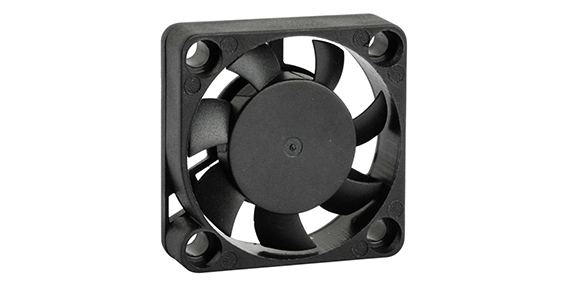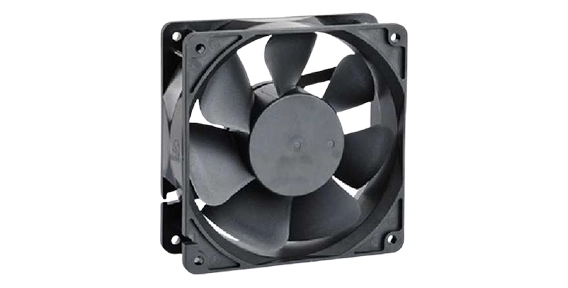Efficient cooling is a critical aspect in the design and functionality of electronic systems, and the choice of cooling fans plays a pivotal role in achieving optimal thermal management. This exploration delves into the comparison between round DC cooling fans and other types of cooling fans, shedding light on the unique characteristics and advantages of round DC cooling fans in various applications.
Overview of Round DC Cooling Fans
Round DC cooling fans represent a specific category within the broader spectrum of cooling fan designs. Unlike traditional square or rectangular fans, round DC cooling fans are characterized by their circular shape, offering a distinctive airflow pattern. The use of direct current (DC) power in these fans allows for efficient and controlled operation, making them suitable for a variety of electronic cooling applications.

Advantages of Round DC Cooling Fans
One significant advantage of round DC cooling fans lies in their ability to provide a more uniform airflow compared to square or rectangular counterparts. The circular shape allows for a continuous and evenly distributed airflow, making them particularly effective in applications where consistent cooling is crucial. This advantage becomes evident in scenarios where cooling needs vary across different areas of electronic components.
Round DC cooling fans also offer versatility in terms of installation, as their circular design eliminates the need for precise alignment that may be required with square or rectangular fans. This ease of installation simplifies the integration of round DC cooling fans into various electronic systems, contributing to their popularity in different industries.
Round DC Cooling Fans: Comparison with Axial Cooling Fans
Axial cooling fans, characterized by blades that rotate around an axis to generate airflow parallel to the axis, represent a widely used category of cooling fans. When comparing round DC cooling fans with axial cooling fans, certain distinctions become apparent.
While axial cooling fans are effective in providing directed airflow, the circular design of round DC cooling fans offers a more evenly distributed airflow pattern. This can be advantageous in scenarios where consistent cooling across the entire surface of electronic components is desired, reducing the risk of hotspots.

Round DC Cooling Fans vs. Centrifugal Fans
Centrifugal fans, also known as radial fans, differ significantly in design from round DC cooling fans. Centrifugal fans draw air into the fan hub and expel it at a perpendicular angle to the axis of rotation. This design is advantageous for applications where focused and concentrated airflow is required.
In a comparison between round DC cooling fans and centrifugal fans, the choice depends on the specific cooling needs of the system. Round DC cooling fans, with their circular airflow pattern, are suitable for scenarios where uniform cooling is essential. Centrifugal fans, on the other hand, excel in situations where targeted and concentrated airflow is required, making them ideal for cooling specific components with varying thermal requirements.
In conclusion, the comparison between round DC cooling fans and other types of cooling fans underscores the importance of choosing the right cooling solution for specific applications. The unique characteristics of round DC cooling fans, with their circular design and uniform airflow, position them as a valuable choice in electronic cooling scenarios where even distribution of airflow is critical. As industries evolve and electronic systems become more complex, the role of round DC cooling fans in providing efficient and effective thermal management is set to become increasingly prominent.

 EN
EN 
 +
+
 +
+
 +
+



